
Weight Training for Seniors - Exercises and Safety Tips
Staying active and practicing basic weight exercises as you age is critical for a long and healthy life.
But if that's the case, why are 61% of adults over the age of 65 not getting the recommended minimum amount of exercise?
We depend on our body's strength to keep us going. Without regular resistance training, our bones, muscles, heart, and mind suffer.
The good news is weight training exercises for seniors is possible. As long as you know a few basic moves and adhere to proper safety precautions, you can keep your body in tip-top shape as you age. Paying attention to your hip health is especially important as you age.
Let's explore the importance of exercise and a few of our favorite strength training exercises for seniors .
Why Is Weight Training for Seniors Important?
Resistance training is just as crucial for seniors as it is for young people. Some medical professionals may argue it's actually more important for people to participate in weight training as they age.
What changes in our bodies as we age? When we reach our 30s, s arcopenia starts.
arcopenia starts.
Sarcopenia is the natural loss of muscle mass and strength that occurs as a person ages. After 30, people begin to lose 3% to 5% of their muscle mass per decade.
Aside from staying physically active, consuming more protein can help prevent age-related muscle deterioration and sarcopenia.
While that may sound bleak, the good news is we can minimize age-related muscle mass by keeping up with healthy strength training regiments. Regular weight training prevents diseases, increase longevity, and decreases our risk of depression.
Is lifting weights good for seniors?
Regular resistance training protects our bones, muscles, and joints. It can help us maintain healthy bone density to prevent chronic ailments, like arthritis.
Regular workouts enable seniors to stay fit and lose weight. Resistance training prevents or reduces symptoms of chronic medical diseases that commonly affect seniors.
Examples of these medical conditions include:
- Type 2 diabetes
- Osteoarthritis
- Cardiovascular disease
- Obesity
- Chronic back, hip, neck, and shoulder pain
- Stroke
Researchers in Australia observed a group of 1,500 adults over the age of 50 for a 10-year period. The results showed those who participated in physical activity (including strength training) were twice as likely to avoid stroke, heart disease, cancer, diabetes, and angina (chest pain due to reduced blood flow to the heart).
In addition to decreasing your risk of deadly diseases, weight training boosts posture, flexibility, and coordination. Regular resistance workouts help you stay balanced and reduce your risk of falling.
Weight Training Improves Longevity
Stronger muscles are linked to a longer lifespan. For seniors, resistance training should be included in workouts to enhance longevity.
Maintaining muscle strength throughout life helps people age independently. A person's muscle mass can be a predictor of overall health and life expectancy.
A study performed by the University of Michigan found that adults with low muscle strength were 50% more likely to perish before their stronger peers.
Weight Training Enhances the Mind
Resistance training is an excellent hobby that can boost more than just your muscles. Weight training elevates moods, reduces stress, and decreases symptoms of depression.
Medical researchers analyzed the moods of over 1,800 subjects. Participants with mild to moderate depression experienced a significant reduction in symptoms after performing strength training for two or more days a week.
Physical activity releases endorphins. These little chemicals have the power to reduce sadness, tension, and anxiety. The endorphins help us stay calm. They lead to better sleep quality, which is something many seniors lack.
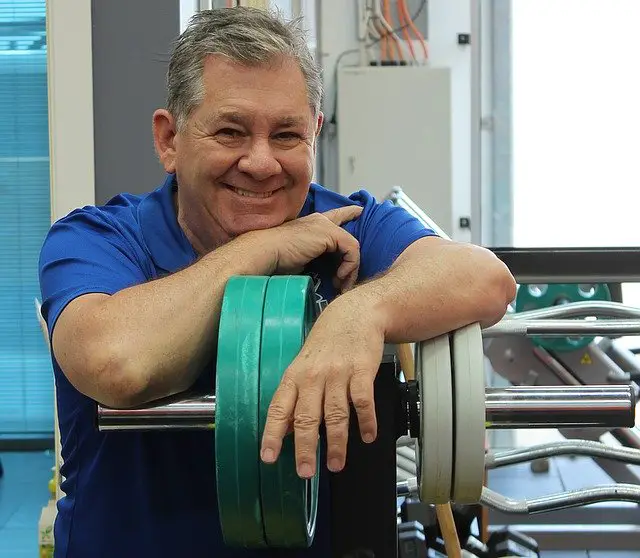
Resistance training also keeps the brain active.
Multitasking during workouts creates a sharp mind, and the training leads to improved blood and oxygen flow to the brain. Many seniors report improvements in memory and cognition after working out. Physical activity can also keep away cognitive disabilities, such as dementia and Alzheimer's Disease. As with any exercise routine, consult with your physician before you begin.
What are the best strength training exercises for seniors?
Basic weight training for seniors should focus on three major areas:
- The lower body
- The upper body
- The back
Getting into a moderate weight training routine helps your body build powerful bones and muscles. It's crucial, however, to ensure you are taking all safety precautions for lifting weights. Pushing yourself too hard can lead to strains and muscle injuries.
Medical professionals and trainers agree that healthy older adults should incorporate strength training into their exercise routine two to three times per week. Weight training more than four times a week can be too much for the body to handle.
If you're looking for a good starting point, try these individual weight training routines for seniors.
Warming up the Body
People of all ages should be warming up for their workouts, but warmups are especially critical for seniors.
As an older adult, rushing into a workout adds extra stress on your heart and muscles. A warm-up gives your body the chance to distribute blood and ensure your muscles receive enough oxygen. Warming up prevents injuries and improves your athletic performance.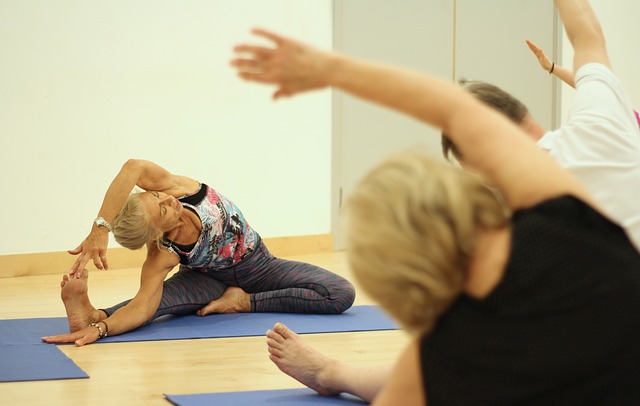
Slow Jogging for Older Adults
This is a good way to get the blood flowing and prepare the cardiovascular system for weight exercises. Start with a slow jog for one to three minutes. If the movement is too hard on your knees, do a high-knee march. Make sure you have good shoes for this, like Cadense shoes for seniors.
Feet Warmup - Ankle Circles
Hold something nearby and shift your weight to one foot. Bring the heel of the other foot off the ground, so that only the toe touches the floor.
Move the heel in a circle, then reverse the movement. Continue for one minute on each foot.
Leg Warmup - Squats
Warm up the glutes and backside of your body with some basic squats. Stand with your feet hip-distance apart. Bend your knees and extend your buttocks backward, almost as if you are sitting in a chair.
While you squat, make sure your knees stay in line with your toes. Keep a straight spine, and push your weight into your heels.
Rise and begin again. Continue squatting for one to three minutes.
Trunk Twists
Bend your arms, so they are at 90 degrees. Rotate your spine, as if you're looking behind you. Twist your body all the way to the other side.
As you rotate, let your heels slightly come off the ground. This will enable your entire body to feel the twist.
Repeat for one minute.
Working the Lower Body
Lower body exercises build your large muscle groups, such as the glutes, hamstrings, buttocks, and calves. Lower body strength increases stability and helps you build muscle throughout the rest of your body.
For these beginning weight training exercises for seniors, use bodyweight or a light set of dumbbells.
Squat Curl Knee Lifts
This exercise targets the glutes and hamstrings, as well as the shoulders.
Squat down with your weight transferred to the back of your heels. Extend your arms to your side, holding your dumbbells if you are using them.
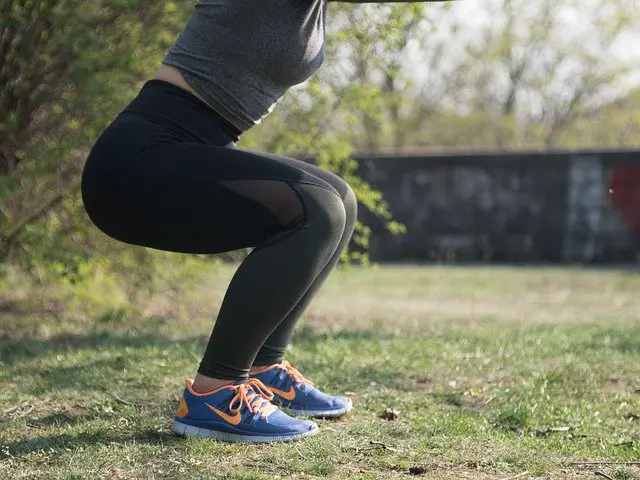
Squeeze your glutes as your rise. Raise one knee and lift your weights to shoulder-height. Pause for a moment.
Lower the weights back down and slowly return to the squat position. Repeat with the other leg. As you get stronger, you'll naturally feel more confident lifting heavier weights over time. To ensure safety while increasing your strength, always use a squat rack when performing squats.
Leg Raises
This strength workout targets the buttocks, hips, thighs, and lower back. For this exercise try light ankle weights that you can strap to your ankle and secure, can help with resistance and mobility strength.
Stand and lean against the back of a chair. Lift your outer leg to the side, keeping it as straight as possible.
Hold, count to five, then lower the leg. Repeat the process with your other leg.
Hip Marching Exercise
This movement will target your hip flexors, thighs, and core. Lightweight ankle weights, 1lb +/- can be used for this exercise to improve your flexibility.
Sit in a chair with your feet flat on the floor. Lift one knee as high as possible, then lower. Alternate lifting each leg.
As you perform the exercise, inhale as you move the body up. Exhale when you push your knee down.
Working the Upper Body
The upper body includes your biceps, triceps, shoulders, upper back, and core. Seniors should partake in upper body exercises to improve their balance and prevent injuries.
Overuse, strains, and tears in the upper body make it difficult to perform everyday functions. But the stronger your upper body muscles are, the less of a chance you will suffer from an injury.
For these resistance training exercises, use bodyweight or a light set of dumbbells.
Tricep Kickbacks
Target your triceps and the back of your arms with this small movement.
Bend forward slightly at the waist, so your torso is parallel to the floor. Keep your head, neck, and spine in a straight line. If you need to, place a hand on your thigh or a nearby chair for stability.
Holding a dumbbell, slowly extend your arm back as far as you can. Be sure to keep the arm tightly by your side. Pause once your arm extends as far as it can, then slowly move it back into starting position. Repeat on the opposite side.
Overhead Elbow Extensions
This workout targets your forearms and shoulders.
Sit down in a chair. Hold a small weight in your hand. Position one arm overhead, at 90 degrees, with your elbow facing towards the ceiling.
Straighten your arm to reach the ceiling. Pause, and slowly move your arm back into its starting position. Repeat with the other arm.
Shoulder Rolls
The exercise works the upper back muscles and shoulder joints. It improves stability and overhead reaching.
Sit in a chair with your feet shoulder-width apart. Hold your weights at chest level with your palms facing forward.
Move your arms over your head, then out to the side. Lower them to the starting position. Repeat the movement.
Inhale as you raise the arms. Exhale as you bring the arms back to their starting position.
Working the Back Region
Your back contains a large number of muscles, so don't forget to strengthen them.
Back pain is one of the most common complaints in the United States, with nearly 65 million Americans reporting discomfort. Regular strength exercises prevent aches, pains, and injuries.
For these back training exercises, you can use bodyweight or a light set of dumbbells.
The Cat and Camel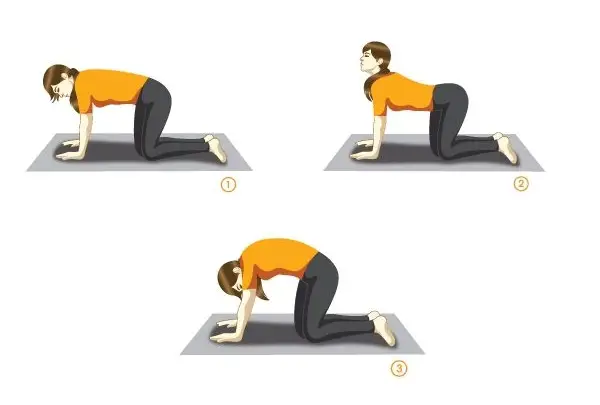
This movement stretches and strengthens the pelvic region as well as the lower and mid-back muscles.
Place an exercise mat on your floor. Get on your hands and knees, keeping your back in a neutral position.
Round your back, bringing your head down. You should feel like a cat arching its back.
Reverse the movement. Relax your back to form a camel's hump. Return to the starting position and repeat.
Back Extensions for Seniors
This exercise works the lower and mid-back muscle groups to improve posture. Posture is essential as we age since bad posture can become a source of many deformities and illnesses, cardiopulmonary dysfunction, and it can influence the way we digest food.
To start with this exercise, lay face down on your exercise mat. Bring your head up and slowly arch your back.
Lift your body up by your elbows. Pause for a moment before returning to your starting position. Repeat.
Inhale as you move upward, exhale while moving downward. Be sure to keep your hips on the floor throughout the exercise.
Tips for a Safe Workout
Acknowledge that your body isn't what it used to. You may have been able to deadlift giant barbells in your 20s, but you can't expect to maintain the same fitness level in your 60s. Make adjustments to safely continue working out as you age.
Lifting weights increases strength, but don't be afraid to start with your bodyweight. Go through your strength training routine using only bodyweight. If you can safely complete the workout, add on extra weight.
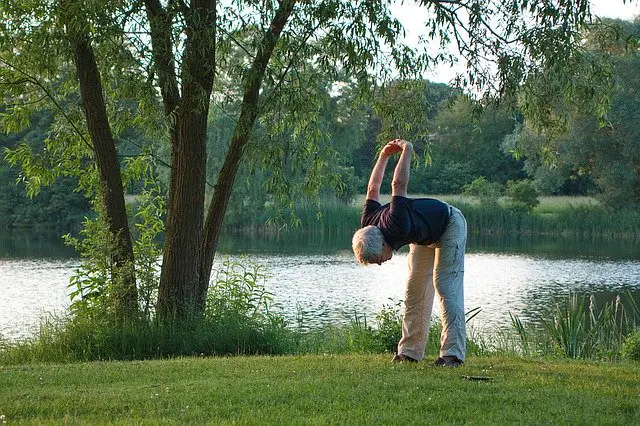
If you haven't worked out in a while, consult with a physician or trainer before hitting the gym. Professionals can help you establish realistic exercise goals and determine how to strengthen your muscles without putting your body at risk of an injury.
Finish your workouts with a cooldown. Take a few minutes to walk around your house or gym to reduce your heart rate. Set aside a few minutes to stretch the muscles you exercised. This will help your muscles recover as well as prevent injuries.
If you feel pain when you workout, stop immediately. Rest or apply ice to the area. If the pain persists, seek medical help.
Finally, don't forget to practice healthy habits outside of your training routines. Get plenty of rest between strength workouts. Rest is essential, and a good workout will load your body with oxygen and even improve sleep. Use this to your advantage, get some quality sleep and allow your body to regenerate.
Maintain a healthy and wholesome diet with lots of vitamins. If you don't feel well, don't force yourself to exercise.
Continuous Care for Seniors
Weight training for seniors is an essential part of living a long and healthy life. As long as you follow safety precautions and perform exercises within your body's ability, your workouts should go smoothly.
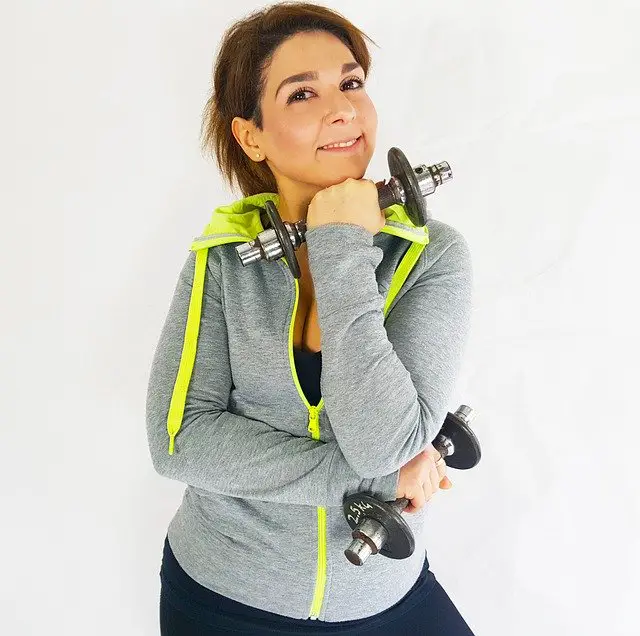
If you're looking for a safe community to spend your golden years in, our site can help. We help seniors find the best senior living community based on their needs and preferences.
Explore a variety of communities to find one that best suits you.